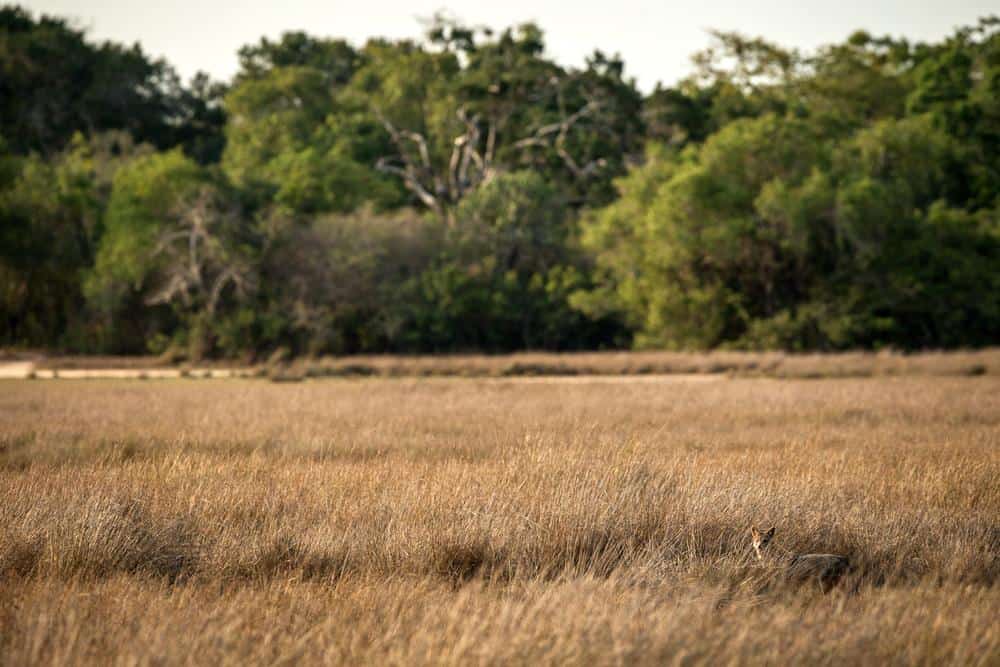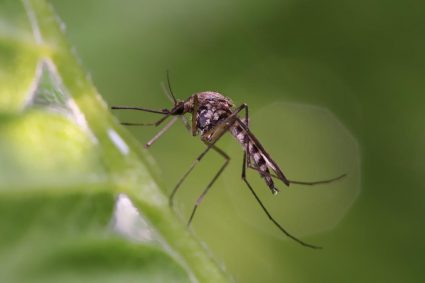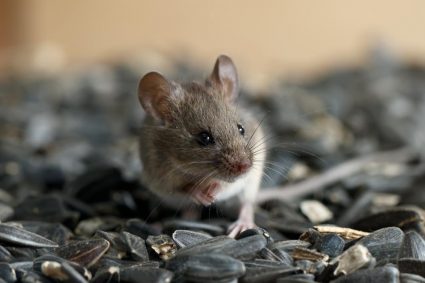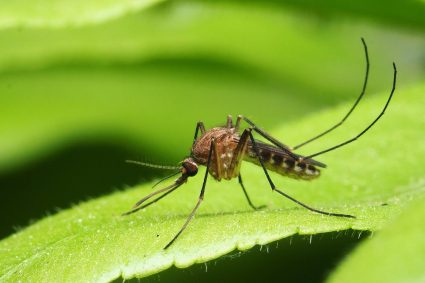
Skunks are adaptable creatures that have learned to thrive in various environments, including neighborhoods. This article will delve into where skunks live in neighborhoods, how they adapt to urban and suburban areas, what attracts them, and how you can deter them from your property.
Skunks often live in neighborhoods, finding shelter in dens they dig themselves or in hollow logs, woodpiles, or brush piles. They can also be found under porches, in sheds, or in dark enclosures around homes. Skunks are attracted to neighborhoods due to the availability of food, water, and shelter. They are primarily nocturnal, active during the night and twilight hours, and can sometimes be seen during the day when searching for food.
Skunk Habitats in Neighborhoods
Skunks are primarily ground dwellers known for their digging abilities. They often live in dens they dig themselves using their strong front claws. However, they can also occupy abandoned dens built by other animals such as foxes or woodchucks. In neighborhoods, skunks can be found living in hollow logs, woodpiles, or brush piles.
In urban settings, skunks often live in close proximity to humans, taking shelter under porches, in sheds, or in dark enclosures around homes. They may also occupy garages, barns, and other structures separate from homes.
Adaptation to Urban and Suburban Areas
Skunks are highly adaptable and can thrive in various habitats as long as their basic needs are met. They adjust their diet based on available food sources, consuming insects, mice, fruits, chicken eggs, and even pet food left outdoors.
Their nocturnal nature allows them to avoid direct contact with humans and other potential threats during the day. Skunks spend their day sleeping in burrows or under structures and come out at night to search for food.
Food Sources that Attract Skunks
Skunks are attracted to neighborhoods due to the availability of food, water, and shelter. They are omnivores and opportunistic feeders, which means they can eat a variety of foods. In neighborhoods, skunks are attracted to insects and insect larvae, fruits and nuts, birdseed and pet food left outdoors, small mammals, and garbage.
Identifying Skunk Activity
Residents can identify signs of skunk activity by looking for holes and shallow burrows in the yard, a pungent odor, droppings or tracks, damage to plants, and visual confirmation.
Skunk Activity Timing
Skunks are primarily nocturnal animals, which means they are most active during the night. However, they can also be active during twilight hours, at dawn, and dusk. They may venture out during the day when searching for food, especially in the spring when they have young ones to feed.
Skunk Behavior Near Humans
When skunks live in close proximity to humans, they typically display behaviors such as nocturnal activity, opportunistic eating, denning, and damage to lawns and gardens while searching for food. They are attracted to residential areas by the availability of food, water, and shelter.
Reducing the Risk of Attracting Skunks
Residents can reduce the risk of attracting skunks by securing trash cans, removing food sources, eliminating hiding spots, using repellents, installing motion-activated lights and sprinklers, sealing off small areas, and maintaining their yard.
Encountering a Skunk
If residents encounter a skunk in their neighborhood, they should remain calm, keep a safe distance, restrain pets, remove attractants, install motion-activated lights and sprinklers, monitor for signs of illness, and contact a professional if necessary.
Remember, skunks are generally peaceful creatures and can be beneficial to the environment by controlling pests and grubs. By following these steps, residents can minimize the risk of skunk encounters and coexist peacefully with these animals.
Conclusion
Understanding where skunks live in neighborhoods and how they behave can help residents coexist peacefully with these animals. Although they can cause some nuisances, skunks are a valuable part of our ecosystem and play a crucial role in controlling pests. By taking the necessary precautions, residents can deter skunks from their property and reduce the risk of unpleasant encounters.
Frequently Asked Questions
What should I do if a skunk sprays me or my pet?
If a skunk sprays you or your pet, you should immediately wash the affected area with a mixture of 1 quart of 3% hydrogen peroxide, 1/4 cup of baking soda, and a teaspoon of liquid dish soap. This mixture can help neutralize the skunk odor. Avoid getting the solution in your eyes or your pet’s eyes.
Are skunks dangerous to humans or pets?
Skunks are generally not dangerous unless they feel threatened. However, they can carry diseases such as rabies, so it’s important to avoid close contact. If a skunk bites you or your pet, seek medical or veterinary attention immediately.
How can I tell if a skunk is living under my shed or porch?
Signs that a skunk may be living under your shed or porch include a strong odor, holes leading under the structure, and skunk tracks or droppings nearby.
Can I remove a skunk from my property myself?
It’s not recommended to try to remove a skunk from your property yourself due to the risk of being sprayed or bitten. Instead, consider hiring a professional wildlife removal service.
What time of year are skunks most active in neighborhoods?
Skunks are most active in neighborhoods during the warmer months, from spring to early fall. During this time, they are searching for food and mates, and female skunks may be raising young.












